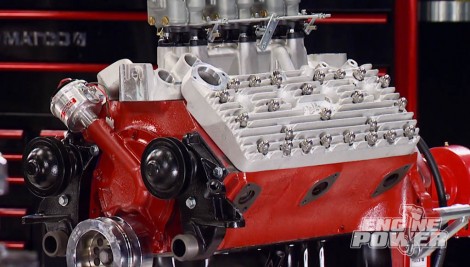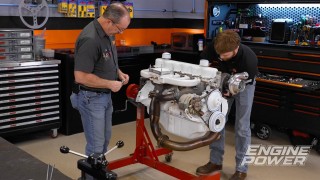Engine Power Featured Projects
Engine Power Builds
Want more content like this?
Join the PowerNation Email NewsletterParts Used In This Episode
ARP
Fasteners & Bolts
Edelbrock
Flathead Cylinder Heads
Edelbrock
Vintage Tri-Power Intake
Goodson Shop Supplies
Powered Piston Ring Filer
Holley
EFI Sniper
Matco Tools
MATCO Tools are the Official Tool Supplier to PowerNation
The Industrial Depot
Tools, Hardware, Shop Supplies
Trend Performance
Push Rods










































